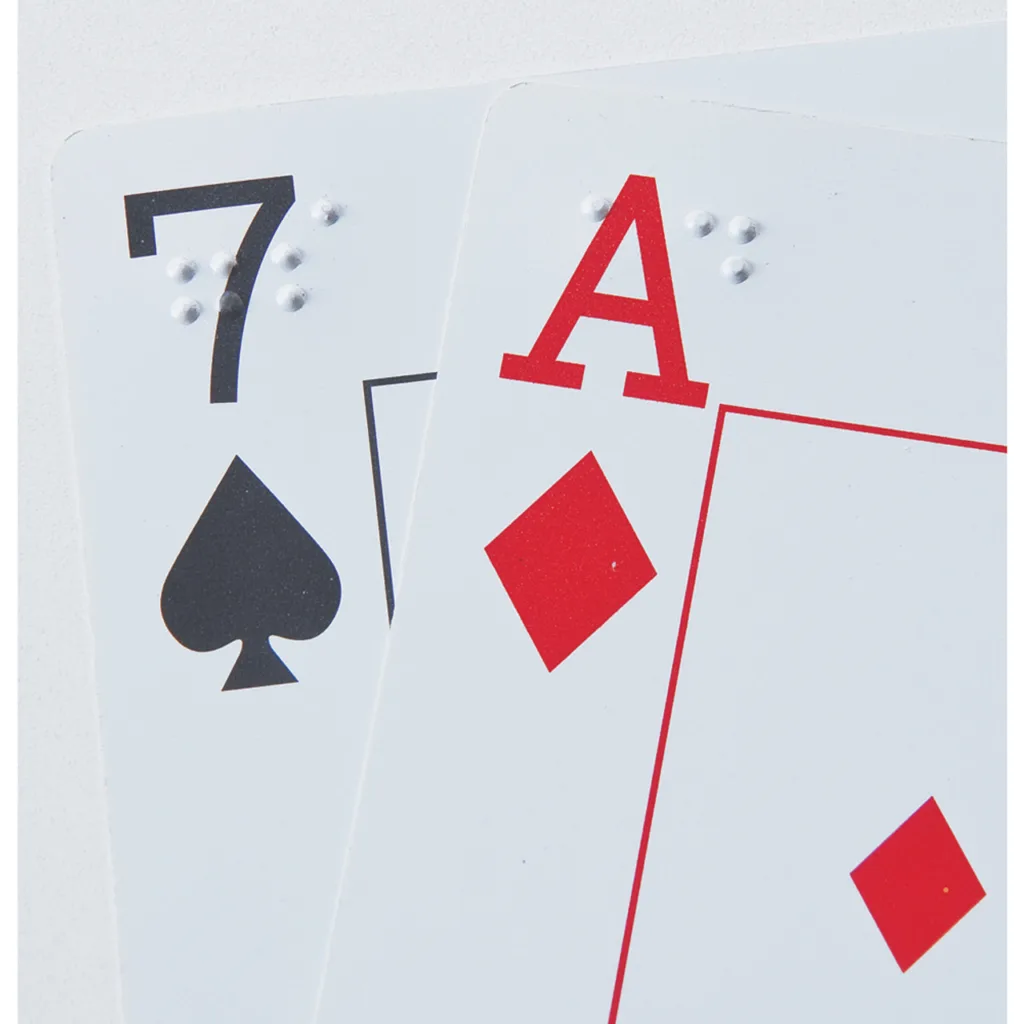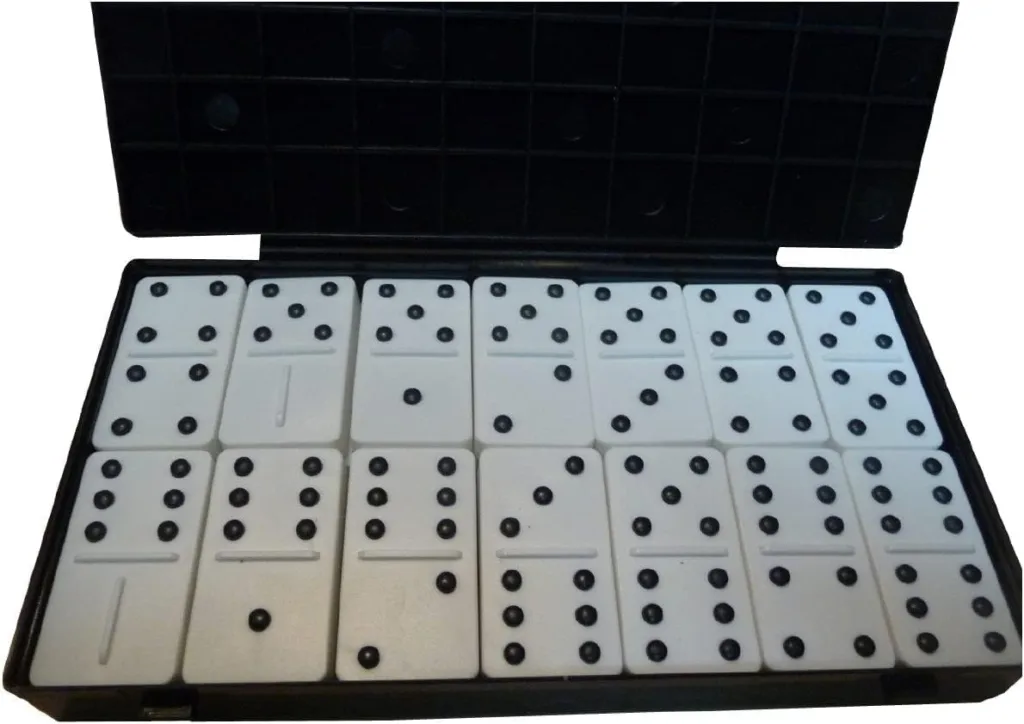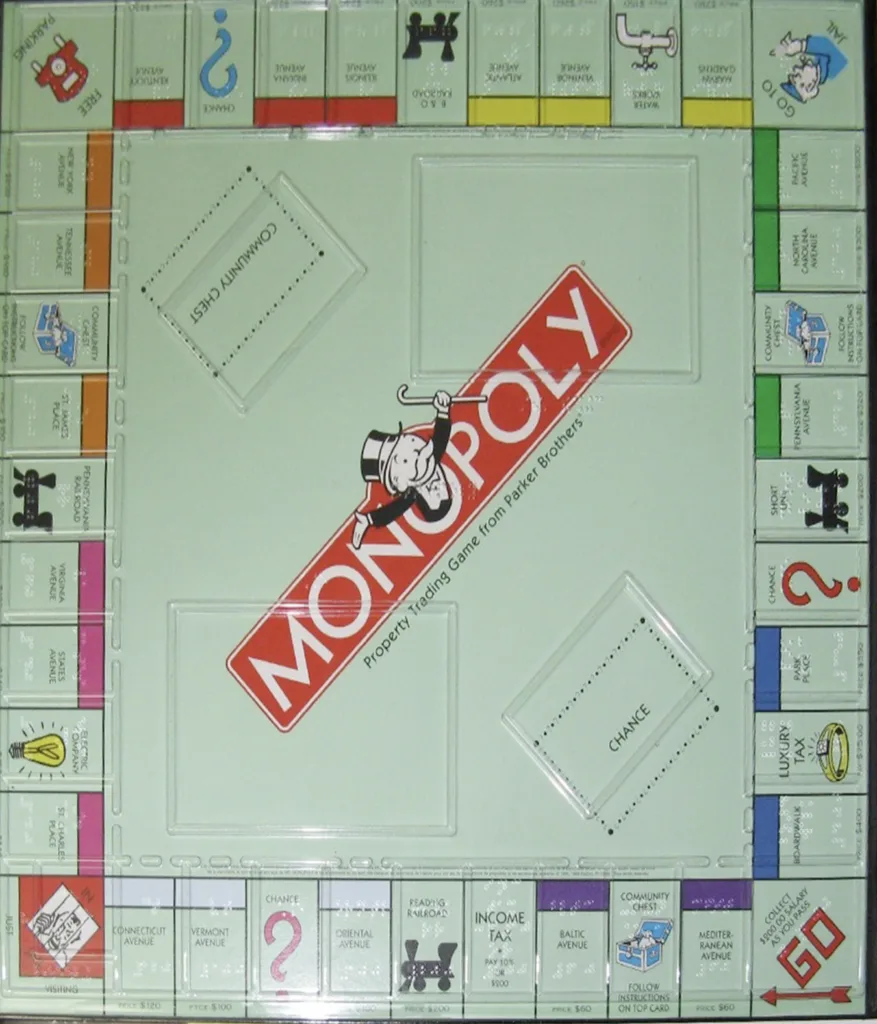Cards and Games
Don’t let vision loss stop you from enjoying your favorite leisure activities! This guide introduces a wide range of card and board games, along with practical tips and adaptations, designed for individuals who are blind or have low vision. Reconnect with the joy of game night!
Six Practical Tips for Playing Card Games
Losing vision doesn’t mean losing your hand in a game of cards. Implement these practical tips to boost your card-playing experience:
1. Optimize Lighting: For individuals with low vision, sufficient illumination is crucial. Ensure the playing area has ample light. An adjustable flex-arm or gooseneck lamp allows you to direct light precisely where needed. A flex-arm floor lamp on wheels offers mobility. Aim for shadow-free natural or artificial light and avoid glare.
2. Utilize Low Vision Devices: Consult your eye doctor or a low vision specialist about helpful devices. Magnifiers, whether on your smartphone, standalone, or mounted on flexible gooseneck stands, can significantly aid in viewing cards and game boards.
3. Employ a Cardholder: A cardholder acts as an “extra hand,” freeing you to use a magnifier or spread your cards for better visibility.
4. Choose Solid Color Backgrounds: To make playing cards “pop,” use solid color backgrounds. Avoid using patterned, printed, or striped table coverings, as they can create visual clutter.
5. Maximize Contrast: Place light-colored objects on darker backgrounds. For instance, a white playing card will be much more visible against a dark placemat or table covering.
6. Label Cards: Adapt your cards with braille, tactile, or high-contrast labels to meet your specific needs.
Purchasing Large Print or Braille Playing Cards

Many companies make decks of playing cards in large print and/or braille. Here are some examples:
• CAN-DO Bold Numbers Playing Cards are poker-sized cards with bold numbers measuring 5/8″ high and slightly wider than those on standard and low vision cards. The red numbers and suits are outlined in black to increase the contrast with the white background.
• Brailled 100% All-Plastic Playing Cards are durable plastic playing cards with 1/2″ high print numbers with braille overlays. Each card measures 3 1/2″ x 2 1/4″.
• EZC Playing Cards have 1 1/4″ high numbers. The hearts and diamonds have deep red backgrounds, and the spades and clubs have black backgrounds. Both have crisp white numbers and suit markers.
• Low Vision Playing Cards with Colored Suits have 1 1/2″ high numbers and letters, and each suit is a different color: spades are black, hearts are red, diamonds are green, and clubs are blue. Each card measures 2 1/2″ x 3 1/2″.
• Ophthalmologist Gerald Marinoff, MD, designed Marinoff Low Vision Playing Cards. They have 1 1/4″ high numbers, and each number is outlined in black to make it “stand out.”
• Braille UNO Cards have braille markings, large print, and bright colors.
Five Practical Tips for Playing Board Games
- Check the lighting. If you have low vision, ensure the lighting in your playing area provides sufficient illumination. Read more about lighting. A lamp with an adjustable flex-arm or gooseneck is usually a good choice because you can adjust the direction of the light as needed. A flex-arm floor lamp on wheels is another good option. If possible, also try to sit where there is shadow-free natural or artificial light.
- Use a low-vision device. Talk with your eye doctor or low vision specialist to determine if a low vision device, such as a chest or around-the-neck magnifier or a magnifier mounted on a flexible gooseneck stand, can be helpful for card and board games.
- Use solid colors as backgrounds to make the playing board and pieces “stand out.” Avoid the use of table coverings with patterns, prints, or stripes.
- Place darker objects against lighter backgrounds; for example, a black or brown game piece is more visible against a white placemat or table covering.
- Adapt and label your games as needed to meet your visual needs.
Label Your Games and Game Pieces

- Create tactile labels for your game boxes, attaching a game piece to the outside box or container with a rubber band.
- Place a rubber band around the box or container for Monopoly to differentiate it from Scrabble.
- Use a black wide-tip marker, a laundry marker, or a felt-tip pen to write in large, bold letters on plain white 3″ x 5″ index cards. Use these labels to differentiate games or cards stored in similar containers. Attach each card to the appropriate container with a rubber band.
- Use colored electrical or plastic tape, pipe cleaners, Velcro, fabric or craft paint, or velour pads/furniture protectors to place markers on game boxes or containers.
- You can find more labeling information at Labeling and Marking.
Adaptations: Large Print or Braille Games

- Braille and Low Vision Monopoly contain extra-large playing cards with braille and large print. The 20″ square game board has an overlay to help with the identification of spaces and property locations. The perimeter of each game space is labeled in braille and print and comes with braille instructions.
- Deluxe Chinese Checkers has a wooden board with holes to insert the playing pieces. It also contains differently shaped and colored playing pieces.
- Deluxe Braille Scrabble contains large print and braille letter tiles, a tactile playing board, and instructions in braille and audiotape. The board has a raised ridge around the edge to keep the tiles in place. The tiles have raised print as well as braille letters.
- Braille Dice have raised bold black dots. Each die measures 3/4″ in diameter.
- Braille Dominoes are made of heavy-duty white plastic and have raised bold black dots to help identify the playing pieces.
- Your old board games can also be adapted easily. For example, standard checker pieces can be distinguished by a textured surface glued to the center of either the red or black set.
Additional Resources for Enjoying Games